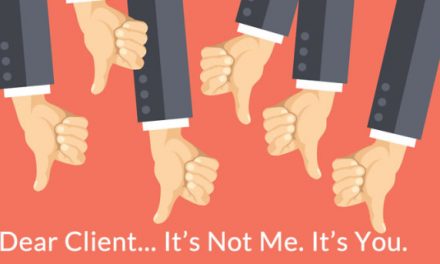A lot can be said about the importance of selling to businesses. It is after all where the action happens and it keeps things going. An important aspect of sales is conversion. In simple terms, this is the rate at which we turn enquiries to paying customers. If you’re not tracking this you can learn more about tracking sales metrics in this dedicated article. Sales conversion is a good indicator of how well we spend our customer-facing time and how well our sales methods work. So how do we improve conversion?
Make sure you’re talking to the right people
One of the biggest mistakes I’ve seen people make is assuming that everyone is a potential customer. Even for products with the widest appeal, there is still a target market. You want to make sure that if you are going to engage in conversation or spend any time on a prospect they are the right fit for the product. Some products are simple and you don’t have to do much but with there’s a lot of complexity. To make sure you are talking to the right people look at your marketing, signage, advertising and all external communication. If experience many inquiries where you have to tell people you don’t offer what they are looking for, you’re doing something wrong.
Work on your Copy and CTAs
Your advertising will determine who you talk to so you want to pay a lot of attention to your copy and your calls to action (CTAs). The difference between good copy and great copy is a few words but those few words make a huge difference. Good copy sells the product but great copy attracts the customer. The words you choose in copy and calls to action will make a big difference. Instead of thinking about the product think about the customer. This will help you not only attract the right people but also have them aware and ready to do business once they make contact.
Qualify prospects early on
Much like the first point, this needs to happen early on. Qualifying prospects is the process of making sure that you have the solution they need. A simple example we can relate to is someone who sells onions having a lengthy conversation with a customer only to find when handing over the onions that the customer wants red onions, not King. Sure the customer should’ve stated earlier but interactions like this waste everyone’s time. It depends on the product but qualifying factors can be anything from price, location and other access factors such as internet access.
Follow up
I could throw statistics here to show that follow-ups work and they do. However, I’d rather connect through words and ask you to consider the last big purchase you made. Doesn’t matter what it was it just has to be big for you. While we often think in terms of the purchase moment a sale is much more of a process than an event. It could take between months and years from the moment of inception to the moment of purchase. So following up with your prospects is a great way to boost your conversion. If you’ve followed the first 3 steps then you are having conversations with the right people. Following up helps customers along the decision journey.
Focus on customer experience
Customer experience is very important to the sales conversion process as well. Rational as people are decisions are emotional so how a person feels in dealing with you, their experience is very important. Have an honest look at your sales process and audit it for the customer experience. Can it be improved? Can you make it easier for customers? What would make the process more enjoyable for them? Remember customer experience starts long before they become paying customers. It starts from the moment they make contact with your marketing material before they even enquire.
These tips will help you improve your sales conversion if all applied together. Small changes in the areas mentioned will bring big results to your bottom line.








